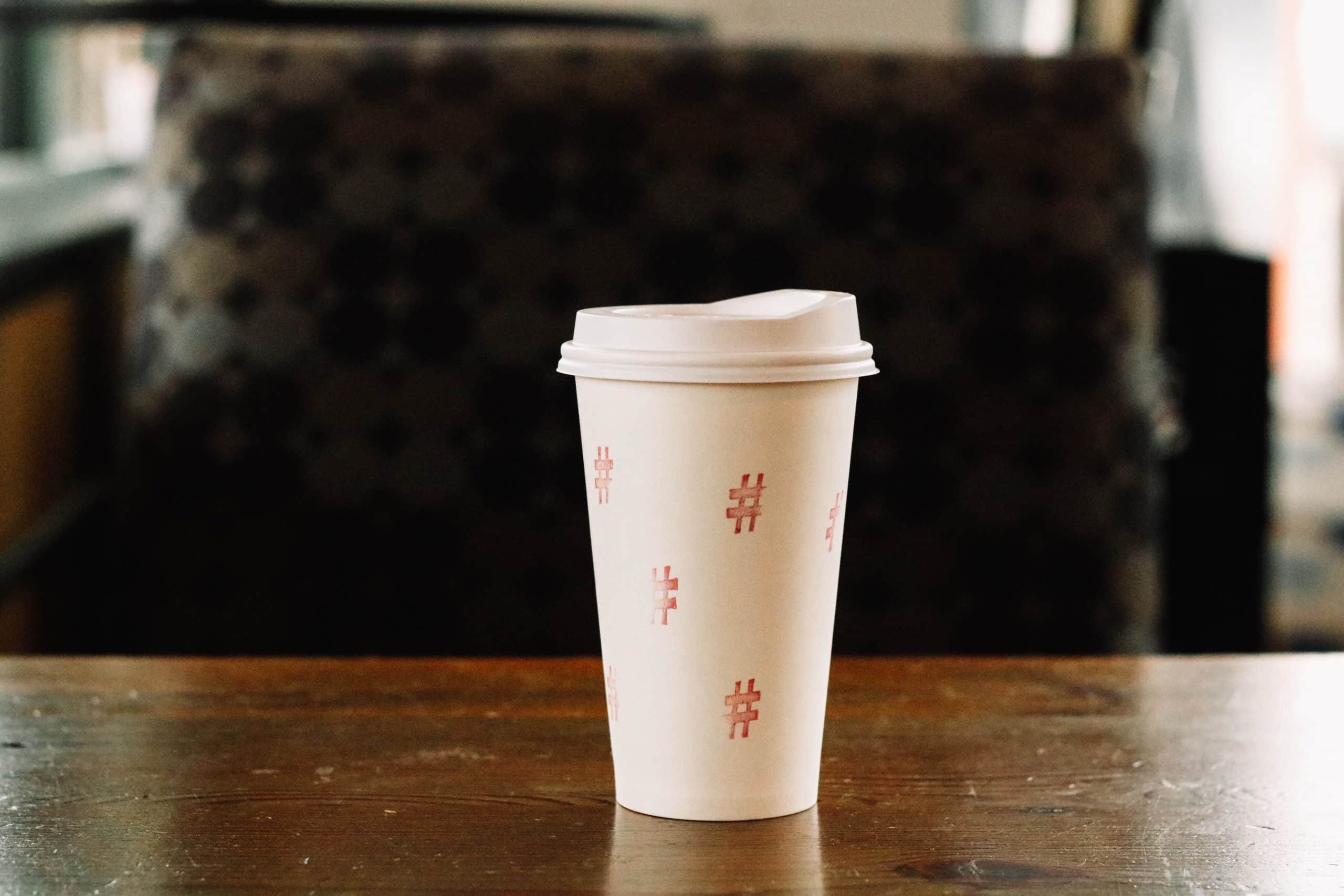How much is #toomuch? #Does #this #look #like #spam? Are you #wondering what the #best and #worst hashtag practices are in the world of #Instagram?
Well, look no further. Those three sentences you just read already cover the worst.
What are Hashtags for?
Firstly, hashtags work to organize the 95 million+ photos and videos uploaded to Instagram every day. Additionally, they are keywords dispersed throughout captions and comments that group topics and add context. For example, if your content focuses on digital marketing, using “#digitalmarketing” would allow new users to find your posts while searching under the #digitalmarketing tag. While using hashtags is certainly a great way to reach users that may be interested in your unique content, it’s important to note the do’s and don’ts of hashtagging.
Hashtags: Less Is More
Hubspot’s Instagram Engagement Report of 2019 found that it’s better to use fewer relevant hashtags (maximum five) than to use 10 or 20. This may come as a surprise—it surprised me, too. Hubspot offers a few possible explanations for this finding, including the use of irrelevant tags and the risk of your content looking like “spam.” Plus, if the content is already mediocre, hashtags are most likely not going to help increase engagement.
In other words:
#DO: Use 1-5 relevant hashtags to boost your content and reach new audiences.
#DON’T: #Use #too #many #hashtags #that #are #irrelevant #to #your #content.
#DO: Branded Hashtagging
“A branded hashtag is a hashtag that’s unique to your business. It
can be as simple as your company name, tagline, or the name of
one of your products or campaigns. Or it can be a hashtag that has
nothing to do with your brand name, but has everything to do with
your brand identity.” — Taylor Loren, Head of Marketing at Later
This one is a “DO!” According to Sprout Social, 7 out of 10 hashtags on Instagram are branded. That’s a lot. Two examples: Adidas’ #originalis and Lululemon’s #thesweatlife. Let’s say you run an Instagram account for The Plant Shop. Maybe your branded hashtag would be #shoptheplantshop or #plantshoplove. If you include this branded hashtag in your bio and posts—and encourage others to add the tag to photos they take in the store or of the plants in their homes—you can increase your visibility and uniqueness. Use whichever monitoring tool you prefer to measure the success of your branded tag.
#DON’T: Use Common, Unnecessary Hashtags
If over 1 million posts have used a specific hashtag, then that tag is too common and your post will get immediately lost in the shuffle. Tags like #me #be #the #it—these are unnecessary and will do nothing for your engagement levels. Even if these “unnecessary” tags are relevant, and even if they may result in more eyes on your posts, your engagement levels will not increase and you won’t attract a worthwhile audience.
#DO: Investigate Competitor Hashtags
Although Instagram hashtagging is about being inventive and creative, it’s also about studying popular competitor tags—think of it as keyword research. Search around and see what seems to be working for the other shops that sell plants in your area (continuing with The Plant Shop example) and, if they seem to be receiving meaningful engagement, give their tags a try.
Hashtag Takeaways
DO: Use 1-5 relevant hashtags to boost your content and reach new audiences.
DON’T: #Use #too #many #hashtags #that #are #irrelevant #to #your #content.
DO: Branded Hashtagging
DON’T: Use Common Hashtags
DO: Investigate Competitor Hashtags
DON’T: Use Unnecessary Hashtags
When used correctly, wisely, creatively and purposefully, hastags on Instagram are one of the best ways to increase visibility and engagement.
#Happy #hashtagging!
-Written by Lily Tillman
